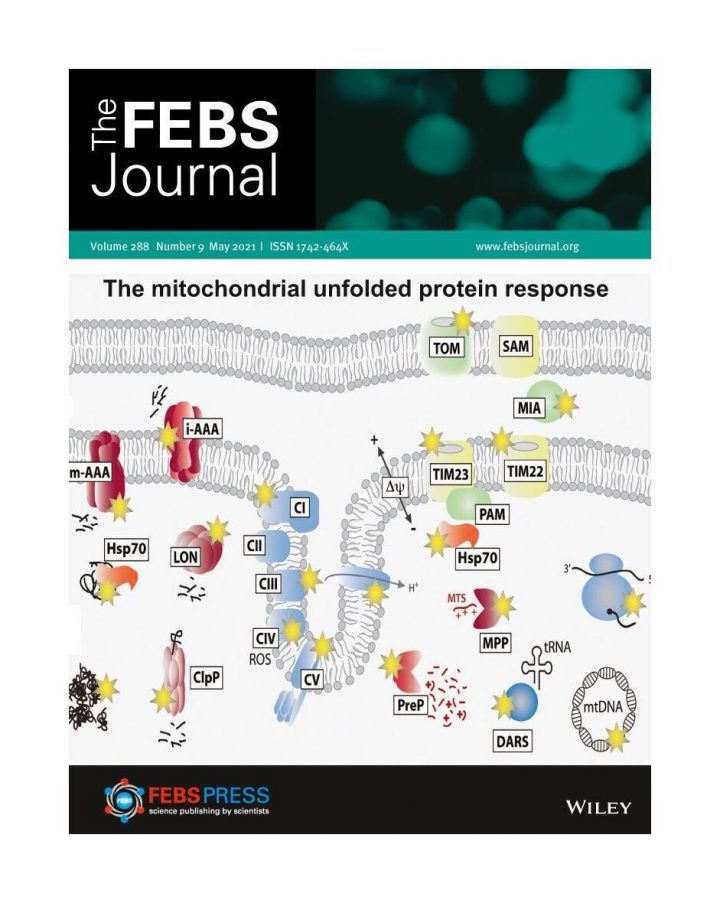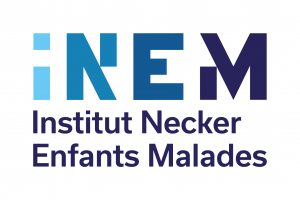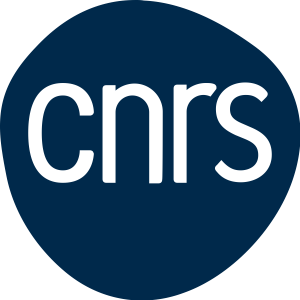Liver macrophages and inflammation in physiology and physiopathology of non-alcoholic fatty liver disease
Non-alcoholic fatty liver disease (NAFLD) is the hepatic manifestation of metabolic syndrome, a common comorbidity of type 2 diabetes and with important links to inflammation and insulin resistance.
NAFLD represents a spectrum of liver conditions ranging from steatosis in the form of ectopic lipid storage, to inflammation and fibrosis in nonalcoholic steatohepatitis (NASH).
Macrophages that populate the liver play an important role in maintaining liver homeostasis under normal physiology and in promoting inflammation and mediating fibrosis in the progression of NAFLD toward to NASH.
Liver macrophages are a heterogenous group of innate immune cells. They are required to maintain immune tolerance while being exposed portal and pancreatic blood flow rich in nutrients and hormones. They also play both inflammatory and noninflammatory roles throughout the progression of NAFLD. Macrophage responses are mediated first at the level of cell surface receptors that integrate environmental stimuli, signals are transduced through multiple levels of regulation in the cell, and specific transcriptional programmes dictate effector functions. These effector functions play paramount roles in determining the course of disease in NAFLD and even more so in the progression towards NASH.
The current review covers recent reports in the physiological and pathophysiological roles of liver macrophages in NAFLD. We emphasise the responses of liver macrophages to insulin resistance and the transcriptional machinery that dictates liver macrophage function.
To read the full paper, head to the following link:





